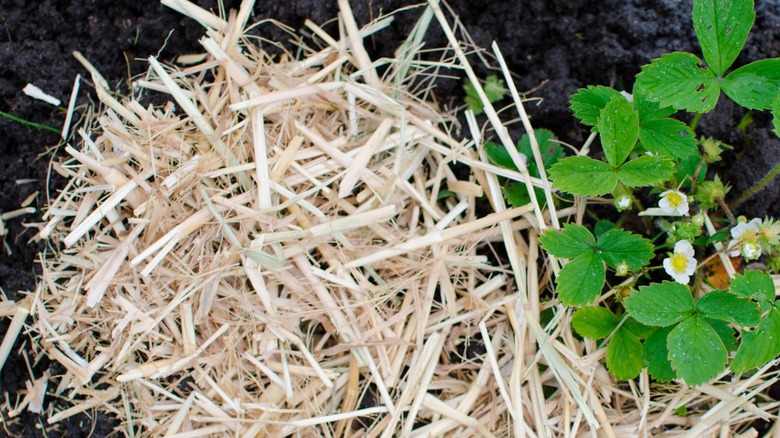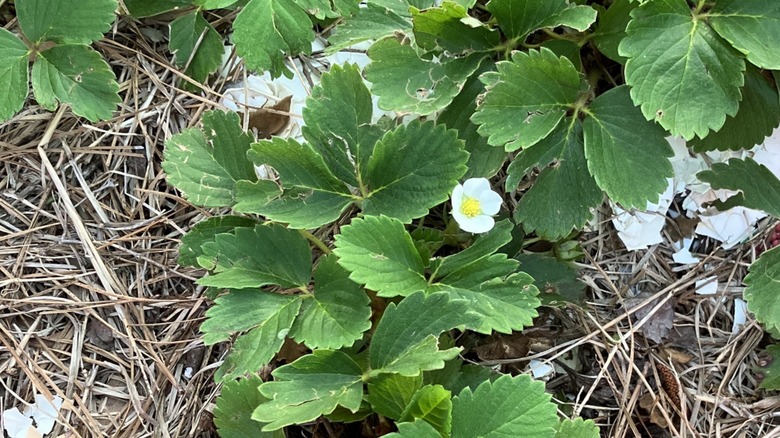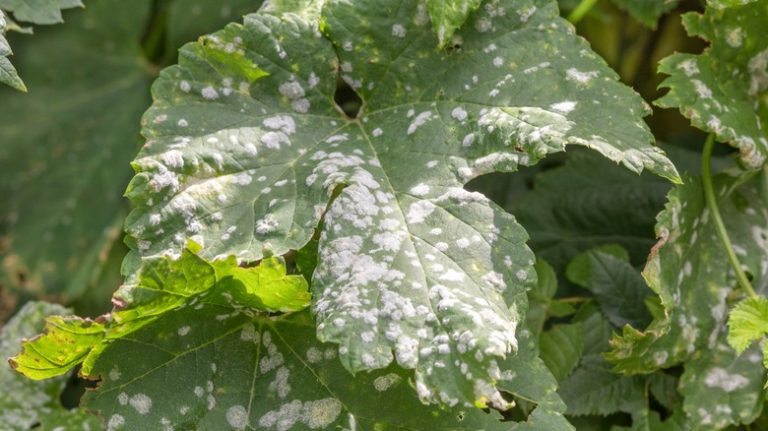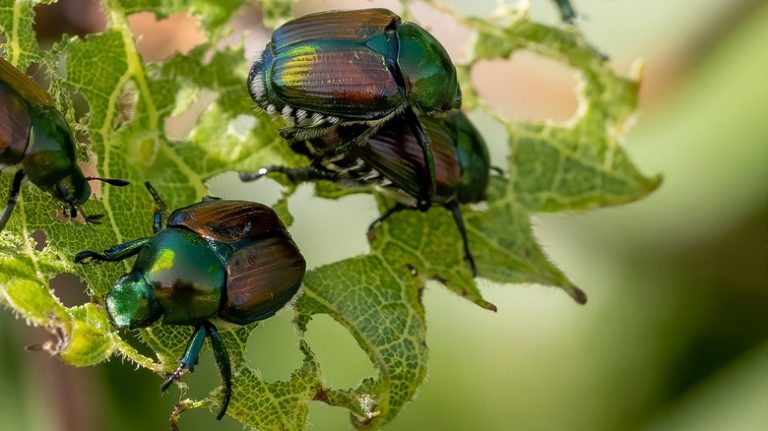Growing strawberries can be difficult but rewarding. If you love those delicious red (or white) berries as much as we do, you’ll want every tip you can get. Most people today are growing food organically, and with that in mind, may be wondering which type of mulch is best for cultivating strawberries. The answer to that is straw. Straw will help your strawberries thrive and stay cleaner, but you will have to watch out for slugs. We’ll explain why it works best for most strawberries and how to use it for the best results. Plus, we’ll give you another alternative as well.
Straw should never be mistaken for hay, as these are two different things, and you should only be using straw for strawberries. While hay is similar to straw, the biggest difference is that hay contains seeds. You don’t want any seeds brought in with the mulch you’re buying, or else you’ll spend all your time pulling up weeds! But otherwise, straw actually makes the ideal mulch for your entire vegetable garden.
How and why to use straw mulch with strawberries

Straw mulch serves a few different purposes for strawberries, other than weed prevention and simply being organic. Even in the summer, straw is an insulator for the roots of your plants, which need to stay cool to stay healthy. Loosely placed, it provides good airflow while shielding the soil and roots beneath. Plus, your strawberries remain cleaner overall on a bed of straw. Contaminants from the soil are not nearly the same level of threat with a straw barrier in place. Rainwater contains pathogens and fungi which take root after hitting the dirt below the strawberry plants, and straw protects them by splashing that water back onto the plants.
Oat, wheat, and rye straw are the best for mulching purposes due to their lightweight nature. A bale will be enough for about 30 feet of four-foot wide rows. For the winter, if in a warm climate that rarely gets under freezing, you can protect your strawberries by applying a thick layer of straw when the plants go dormant and the leaves turn brown. Make sure the layer is three to six inches deep. In spring, once the soil temperature is at least 40 degrees for the first two to four inches of soil, gently rake most of the straw off into the rows. Leave a thin layer on the plants, and they will grow through that layer, which will further clean them.
Try pine needles as mulch for your strawberries instead

If you don’t have access to clean straw or would simply prefer an alternative, pine needles are another organic choice that work excellently for strawberries. Though it’s possible to collect them yourself if you have an abundance on your property, they are also sold in bags as pine straw or pine needle mulch. This kind of mulch is simple to use, and one to three inches does the trick! Another really cool thing about using pine needles is that instead of attracting slugs like straw can, they are used in repelling them! They aren’t the most foolproof method, but it’s believed that slugs don’t like the sharp, spiny surface.
Additionally, pine needles make the soil more acidic, which helps strawberries to thrive. You can use them for both the growing season as well as for overwintering, just like straw. The needles work great because they will interlock and create a natural mat. They will also eventually break down, adding nutrients to the soil. Pine needles will allow water through while at the same time help to prevent weeds. It’s a terrific alternative for strawberries.



